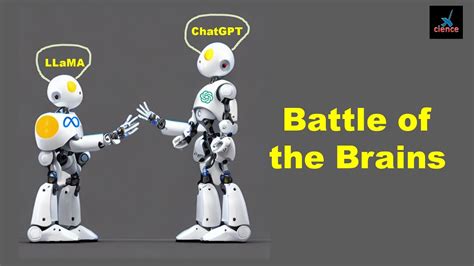A fascinating debate has been ongoing about the efficiency comparison between the human brain and advanced artificial intelligence models such as GPT-4. The core of this discussion gravitates around the notion that the human brain might be millions of times more efficient than these colossal AI systems. However, readers and critics alike have various perspectives on the matter, each shedding light on different facets of this complex topic.
One noteworthy point that surfaces in the public discourse is the stark contrast between the energy demands of the human brain and those of AI systems. On an average scale, the human brain consumes power equivalent to a modest 20 watts, while AI models like GPT-4 require massive data centers with extensive energy use. This stark difference often sparks conversations about the sheer efficiency of the human brain, honed by millions of years of evolution to perform a wide array of complex tasks almost effortlessly.
Commenters point out the vast difference in what defines ‘understanding’ for AI versus a human. For instance, while GPT-4 operates on the principles of deep learning—essentially predicting the next word in a sequence based on massive datasets—human cognition involves more intricate processes. The brain translates stimuli into meaningful information through electrochemical signals, involving an interplay of various cognitive pathways. This fundamental difference in ‘thinking’ mechanics highlights the limitations of comparing the mere output of tasks performed by AI to the nuanced interpretation and reaction processes in the human brain.
The discussion extends to whether AI truly ‘understands’ what it’s processing. AI models, as stated by several users, are excellent at mimicking understanding by optimizing responses based on statistical models. However, this mimicry pales compared to human cognition, where understanding stems not just from contextual responses but also from a deep-seated integration of sensory experiences, emotional contexts, and learned knowledge over a lifetime. Humans possess the ability to reason, reflect, and apply intuition – processes that are currently outside the reach of machine learning algorithms.
Interestingly, the human brain’s pre-wired nature through evolution is another significant point. Essential life skills such as breathing, swallowing, and instinctual reactions are hardcoded through evolutionary processes. Meanwhile, AI requires extensive training data to learn tasks, even then it lacks the embedded adaptability seen in humans. For example, while AI needs detailed programming to recognize and interpret visual inputs, the human brain processes imagery naturally through vast, interconnected neural networks developed and refined over millennia.
A notable comment from one user humorously juxtaposes the brain’s intuitive understanding with the AI’s programmed responses. The user jovially mentions GPT-4’s spelling mishaps, pointing out that while a computer can perform complex calculations with ease, it may stumble over something as straightforward as spelling ‘million’. This underscores an aspect of human cognition where errors in simple tasks become glaring despite the prowess in more complicated computations, showing a unique interplay of strengths and weaknesses in both human and machine capabilities.
There is also the perspective that AI, despite its current limitations, represents a significant advancement in how we interact with technology. While AI lacks a ‘soul’ or true ‘understanding,’ it compensates with its ability to process and analyze immense datasets at unparalleled speeds. The comparison, therefore, may not be entirely about which is superior in isolation but rather how both human intelligence and AI can complement each other. As society advances, leveraging AI’s processing abilities while retaining human ingenuity and contextual understanding could potentially lead to groundbreaking achievements in various fields.
In conclusion, while the efficiency and evolutionary sophistication of the human brain present a formidable benchmark for AI, it is essential to recognize the distinct strengths and limitations of each. AI like GPT-4 excels in processing vast amounts of data and recognizing patterns at speeds unattainable by humans, yet it fundamentally lacks the nuanced understanding that characterizes human cognition. The ongoing dialogue about this comparison highlights a future where the symbiosis between human minds and machine intelligence could drive innovation, rather than a competition to outdo the other.


Leave a Reply